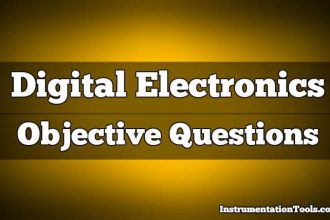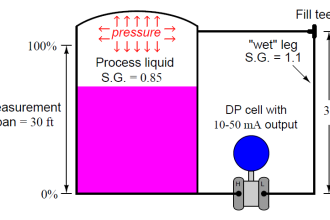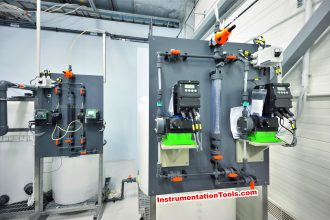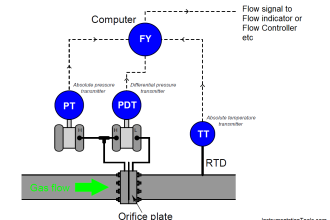X-Ray Absorption Meter Questions and Answers
1. Absorption meter is __________ and ____________ of the chemical state of the element concerned.
a) Non-destructive, independent
b) Destructive, independent
c) Non-destructive, dependent
d) Destructive, dependent
Answer: a
Explanation: Absorption meters give information about the absorbing material. It is non-destructive and independent of the chemical state of the element concerned.
2. X-ray absorption meters have which of the following major disadvantages?
a) Low accuracy
b) Low range
c) Low sensitivity
d) It is destructive
Answer: c
Explanation: Absorption meters give information about the absorbing material. X-ray absorption meters have low sensitivity.
3. The applications of X-ray absorption meters are limited when compared with X-ray emission procedures.
a) True
b) False
Answer: a
Explanation: The applications of X-ray absorption meters are limited when compared with X-ray emission procedures. They are also limited when compared with fluorescence procedures.
4. In absorption meter, which of the following is placed between the cell and the X-ray tube?
a) Collimator
b) Filter
c) Chopper
d) Attenuator
Answer: c
Explanation: In Absorption meter, chopper is placed between the cell and the X-ray tube. It interrupts the half of the X-ray beam.
5. In absorption meter, which of the following is placed between the chopper and the reference cell?
a) Collimator
b) Filter
c) Photomultiplier tube
d) Attenuator
Answer: d
Explanation: In absorption meter, attenuator is placed between the chopper and the reference cell. A variable thickness aluminium attenuator is used.
6. In absorption meter, the two halves of the X-ray beam are allowed to fall on which of the following components?
a) Collimator
b) Filter
c) Photomultiplier tube
d) Attenuator
Answer: c
Explanation: In absorption meter, the two halves of the X-ray beam are allowed to fall on the photomultiplier tube. One beam passes through the sample and the other beam passes through the reference.
7. The photomultiplier tube used is absorption meter is coated with which of the following materials?
a) Sodium
b) Potassium
c) Phosphorous
d) Chlorine
Answer: c
Explanation: The photomultiplier tube used is absorption meter is coated with phosphorous. Only one photomultiplier tube is commonly present for both the beams.
8. In absorption meter, which of the following is adjusted until the absorption of two X-ray beams are brought into balance?
a) Collimator
b) Filter
c) Photomultiplier tube
d) Attenuator
Answer: d
Explanation: In absorption meter, the attenuator is adjusted until the absorption of two X-ray beams are brought into balance. A variable thickness aluminium attenuator is used.
9. In absorption meter, the change in thickness of aluminium required for different samples is a function of the difference in which of the following parameters?
a) Amount
b) Concentration
c) Colour
d) Composition
Answer: d
Explanation: In absorption meter, the change in thickness of aluminium required for different samples is a function of the difference in composition. A variable thickness attenuator used allows this function.
10. Absorption meters cannot be used to detect broken bones.
a) True
b) False
Answer: b
Explanation: Absorption meters can be used to detect broken bones. It can also be used to locate trace elements.
















